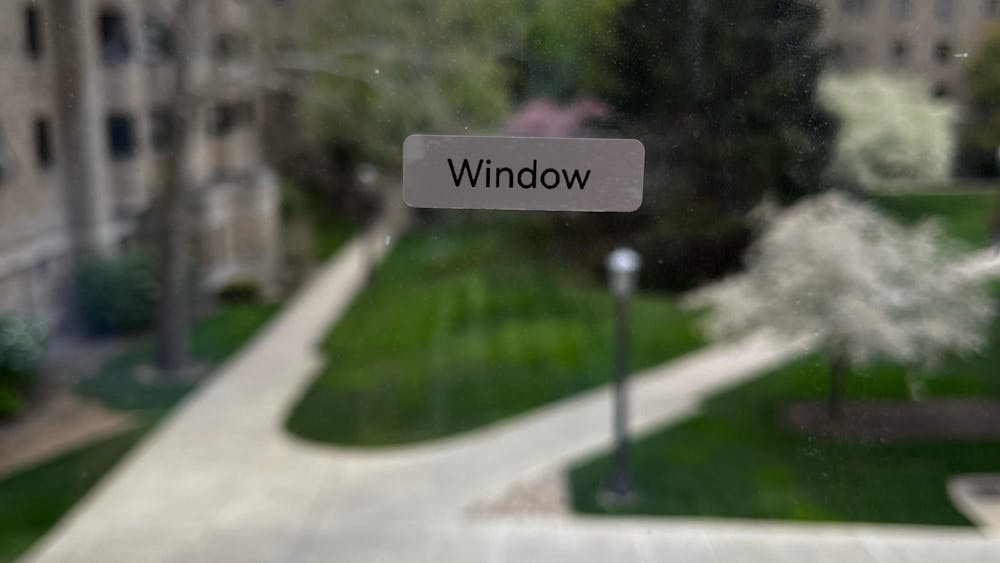In 1563 Michel de Montaigne met three cannibals. It wasn’t until 1580, however, that he published “Of Cannibals,” offering an analysis of the stories told by these three Brazilian natives at the court of Charles IX. The most memorable part of their entire testimony, of course, is the bit about ritual human consumption. Below is a particularly vivid section (excuse the dated translation):
“Every [native] for a trophy brings home the head of an enemy he has killed, which he fixes over the door of his house. After having a long time treated their prisoners very well, and given them all the regales they can think of, he to whom the prisoner belongs, invites a great assembly of his friends. They being come, he ties a rope to one of the arms of the prisoner, of which, at a distance, out of his reach, he holds the one end himself, and gives to the friend he loves best the other arm to hold after the same manner; which being done, they two, in the presence of all the assembly, despatch him with their swords. After that, they roast him, eat him amongst them, and send some chops to their absent friends.”
Brutal stuff. What makes Montaigne so great, however, is that his essay isn’t really about the native’s anthropophagy, which, to be sure, is a horrific practice regardless of shared symbolic value. That would be too easy, too moralizing of a claim to make.
Instead, the author takes cannibalism as a point of departure inwards, towards a critique of the religious schism and cruelty pervasive in 16th-century Europe. There is a sort of hypocrisy, he argues, in condemning the “barbarous horror of [cannibalism]” when people are “so blind to [their] own” forms of barbarism.
Montaigne goes so far as to say that native practices are more humane than the European’s. Whereas the former involves the consumption of an already deceased body, the latter devours man alive by rack or by roasting by degrees. Technology offers more and more creative possibilities for inflicting pain upon others.
And so does religion. For Montaigne, unfortunately, such a claim borders on truism. What else could you say in a time when the most brutal violence was reserved not for “inveterate and mortal enemies,” but “among neighbors and fellow-citizens,” between Catholics and Protestant reformers and even among these reformers themselves?
Harsh words for a harsh time. Cannibalism, Montaigne concludes, isn’t found deep in some remote island-jungle. It’s found next door. Or within.













